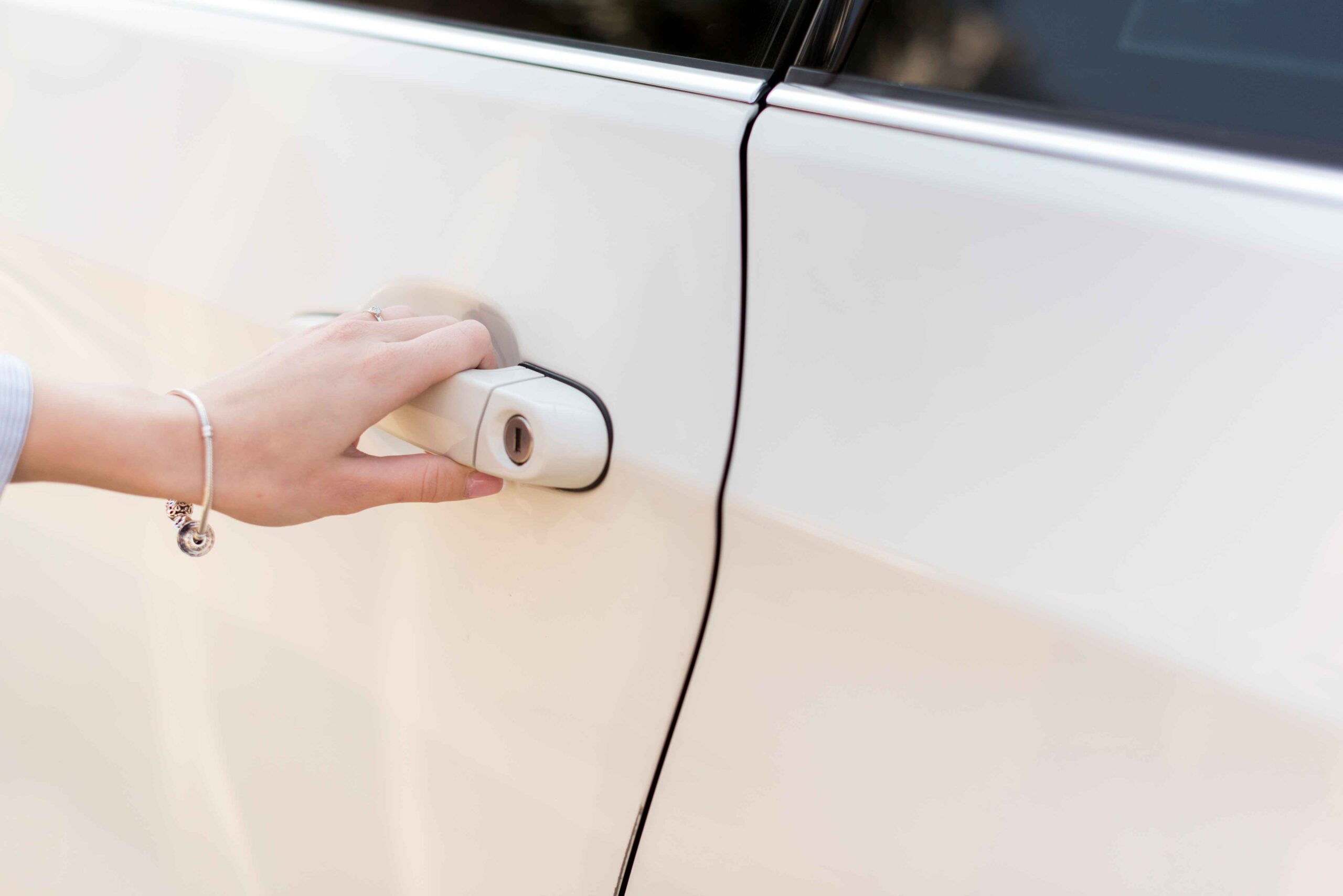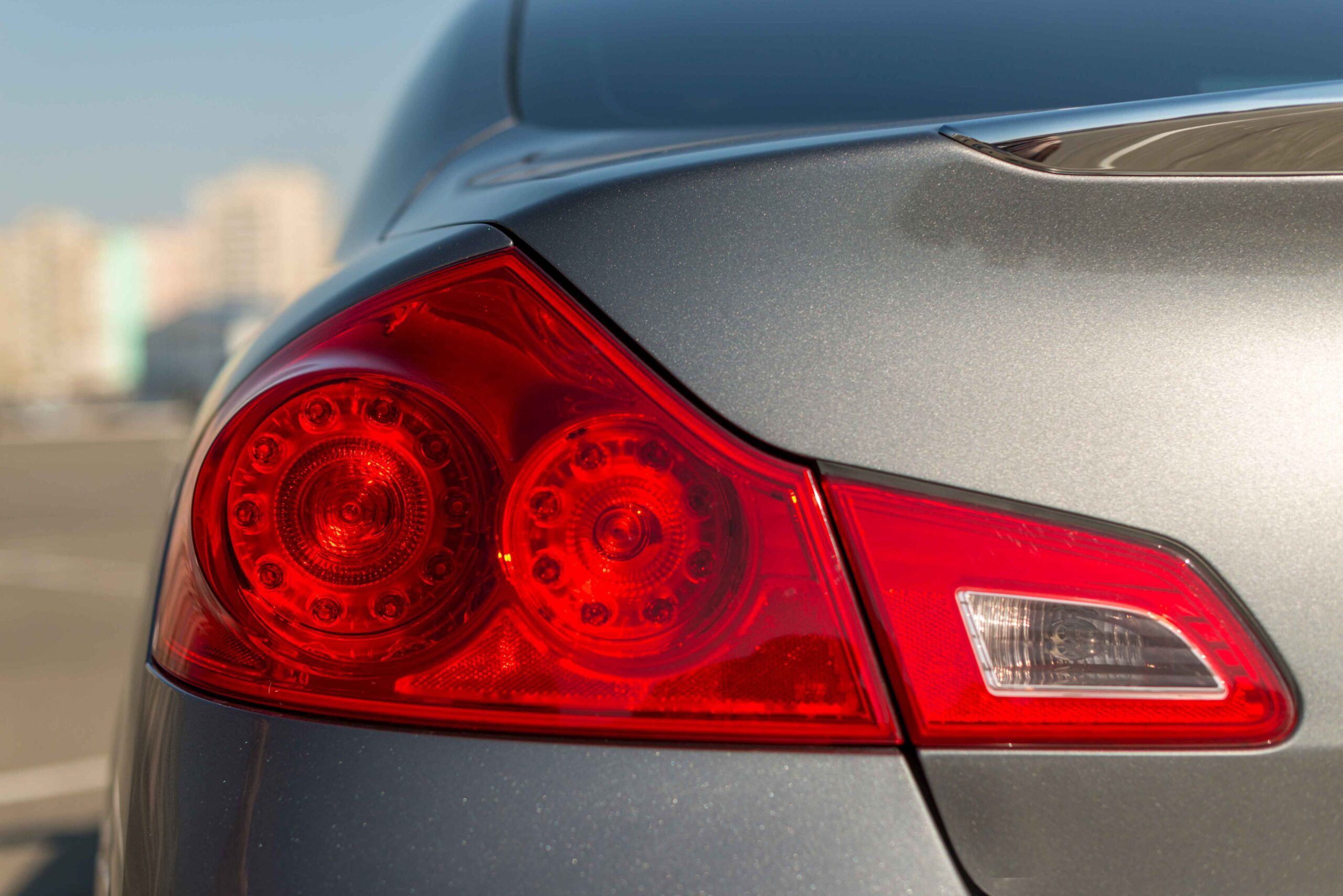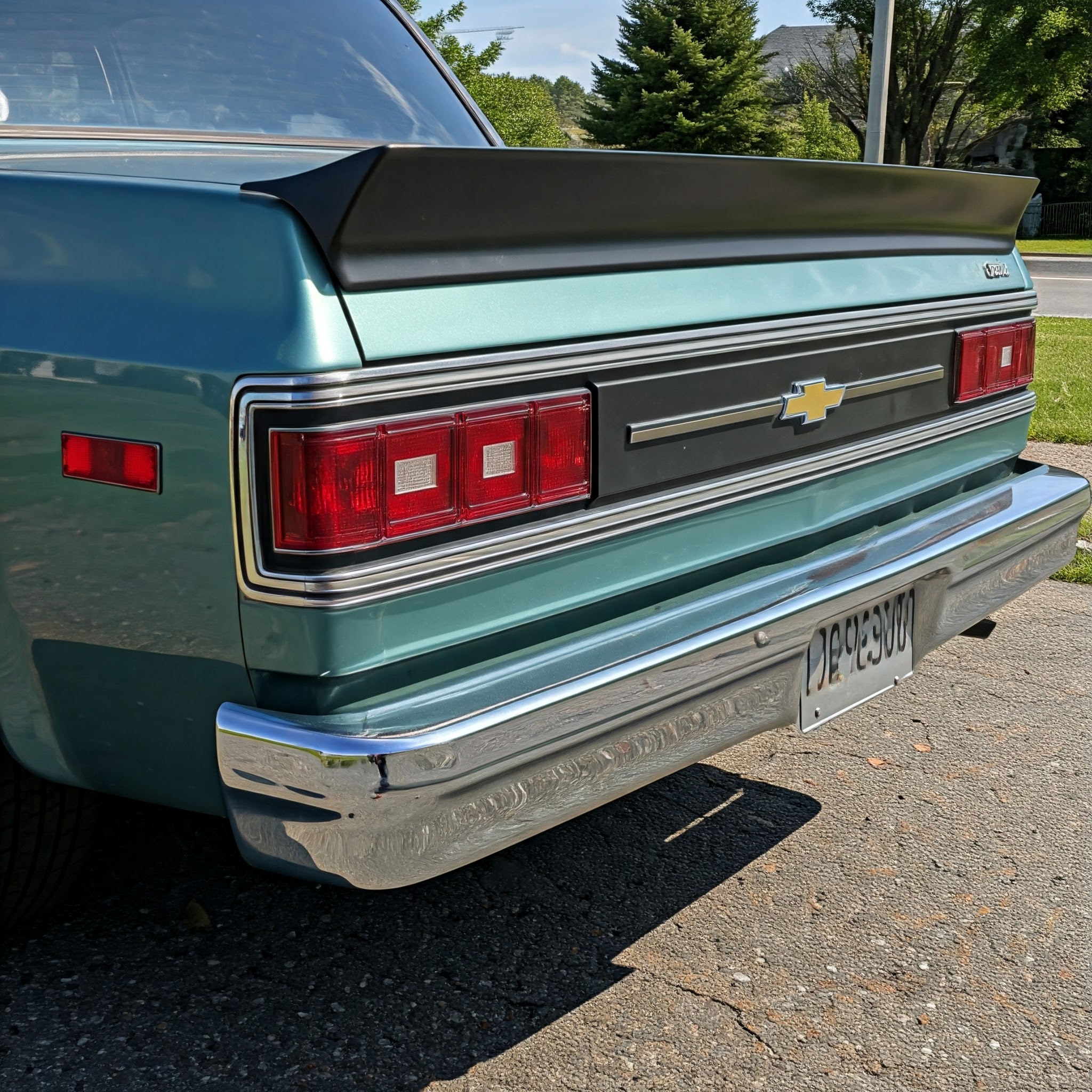Have you ever experienced an error code ISO9141 when diagnosing your car. Strangely enough, it is a common defect’s display especially among old cars. It indicates a malfunction in the communication of the car’s control unit with the diagnostic instruments. Sounds technical, right? Don’t worry.
This does not seem straightforward but by the end of this article you will have an understanding of its causes and solutions, and will be able to relate it to newer protocols like KWP2000.
What Is the Error Code ISO9141?
Error code ISO9141 is a communication problem between your car’s onboard computer (ECU) and a diagnostic tool.
Essentially, this code sign vertical column chart formats defines the ISO9141 protocol. Its use was common in cars made in the 1990’s and early 2000’s.
Can ISO9141 code protocol be used? All that really needs to be updated is broken connections, or new cars that use different protocols to share faults instead with ISO9141.
Why Does Error Code ISO9141 Matter?
Let’s break it down further. This protocol helps your car “talk” to diagnostic tools. Without it, you couldn’t read trouble codes or figure out what’s wrong with your car.
Here’s a quick table comparing ISO9141 with other protocols like KWP2000:
| Feature | ISO9141 Code | KWP2000 Code |
| Speed | Slower | Faster |
| Communication | Single-wire protocol | Two-wire protocol |
| Compatibility | Older vehicles | Newer models |
| Error Detection | Limited | Advanced |
| Ease of Use | Simple | More complex |
As you can see, ISO9141 is basic compared to newer standards. But it’s still important for diagnosing older cars.
How to Fix Code ISO 9141
Dealing with this code doesn’t have to be stressful. Follow these steps, and you’ll have it fixed in no time.
- Check the Connection
Make sure the diagnostic scanner is securely plugged into the OBD-II port. A loose or dirty connection can stop the scanner from working. - Verify the Protocol
Confirm your car uses the ISO9141 protocol. You can find this in your vehicle’s manual or by searching online. - Update Your Scanner
Sometimes, the diagnostic tool needs a software update to read ISO9141 codes correctly. Check for updates and install them. - Inspect Wiring
Look for damaged wires around the ECU or OBD-II port. Replace or repair any frayed or broken wires. - Restart the System
Turn off your car, unplug the scanner, and wait a few minutes. Then reconnect and try again.
Did You Know?
Some cars from the early 2000s still use the ISO9141 protocol even though newer options are available? This makes them easier to diagnose with older tools.
ISO9141 Code Meaning
The ISO9141 code meaning is simple. It’s a communication system. It lets your car’s computer share diagnostic data with scanners.
Unlike newer systems like CAN Bus, ISO9141 uses one wire for communication. It’s slower but works well for vehicles built before 2005. This standard made it possible to diagnose problems quickly without needing a technician for every issue.
Diagnosing ISO9141 Errors
Now, let’s talk about how you can figure out what’s causing the problem. Diagnosing error code ISO9141 starts with the right tools.
Here are the steps:
- Plug in the Scanner: Use an OBD-II scanner compatible with ISO9141.
- Read the Codes: Check for error codes displayed on the scanner.
- Confirm the Protocol: Make sure your car supports ISO9141 and not a newer protocol.
- Inspect the ECU: Look for signs of damage or corrosion.
Once you know the cause, you can take action to fix it.
Common Fixes for ISO9141 Code Errors
Fixing this error is easier than you might think. Below are some quick solutions:
- Clean the OBD-II Port: Dust or grime can block the connection.
- Check Your Battery: A weak battery can cause communication problems.
- Use a Different Scanner: Some tools aren’t compatible with ISO9141.
- Replace Faulty Wiring: Damaged wires can stop the ECU from communicating.
KWP2000 Code and How It Differs
You might wonder how the KWP2000 code compares to ISO9141. Here’s a quick rundown:
- KWP2000 is faster and supports more features.
- It uses two wires for communication instead of one.
- It’s common in cars built after 2000.
While KWP2000 is better for modern vehicles, ISO9141 is still reliable for older cars.
Even though newer protocols are faster, ISO9141 remains a solid option for vehicles that use it.
Quick Tips to Avoid ISO9141 Errors
Here are six easy tips to prevent communication errors in the future:
- Keep your diagnostic tools updated.
- Clean the OBD-II port regularly.
- Check for loose connections before starting a scan.
- Use a scanner designed for older protocols.
- Inspect your car’s wiring yearly.
- Replace damaged ECU components immediately.
Did You Know?
ISO9141 was one of the first standards to unify vehicle diagnostics. Before this, every car brand used its own protocol.
Final Thoughts
Error code ISO9141 might seem tricky, but it’s easy to handle once you understand it. It’s a key part of vehicle diagnostics, especially for older cars. By following these tips, you can fix communication problems and keep your car running smoothly.
For expert help and quality car parts, visit OEM Car Part. Whether you’re diagnosing issues or upgrading tools, we’ve got what you need!
FAQs
Diagnostic code 9141 shows up when there’s a problem with your car’s communication protocol. It usually means the scanner can’t talk to the ECU.
To fix code ISO 9141, check your connections, update the scanner, and inspect the wiring. Sometimes, restarting your car can help too.
KWP2000 is a newer communication protocol that replaced ISO9141. It’s faster and works with advanced diagnostic tools.
The ISO9141 specification defines how cars and scanners communicate using a single-wire system.
ISO9141-2 is an improved version with better error correction and reliability.







